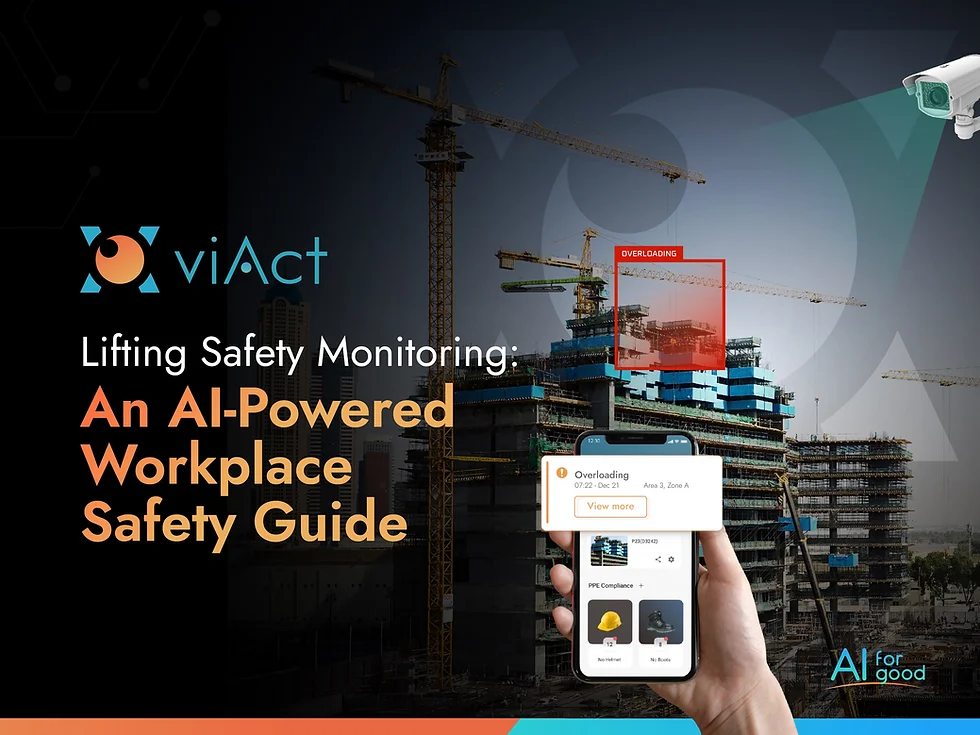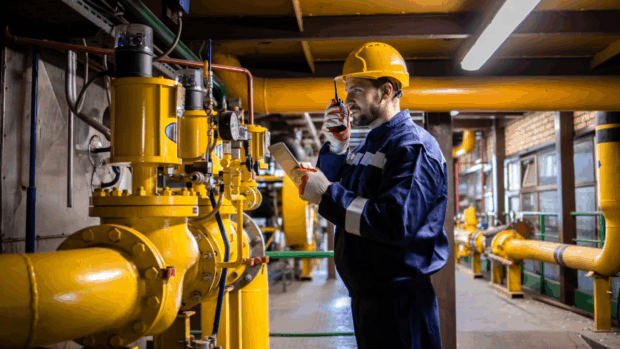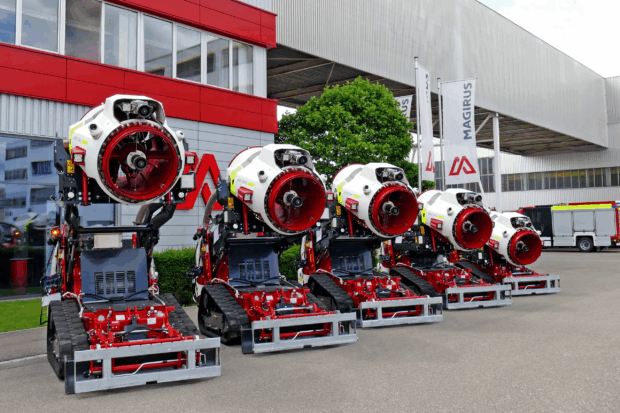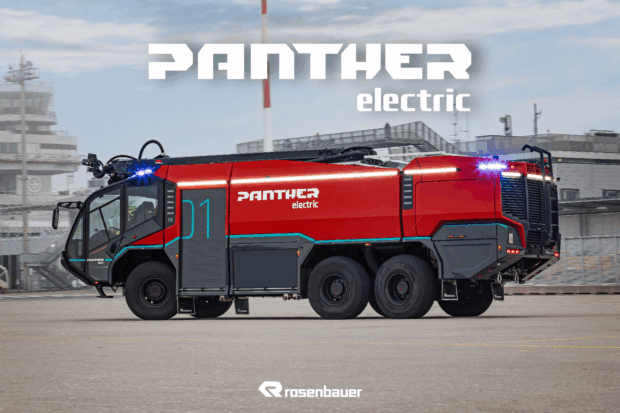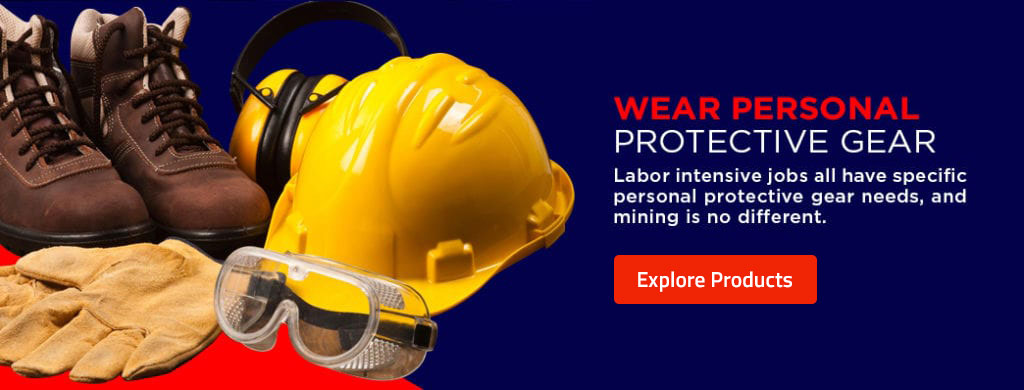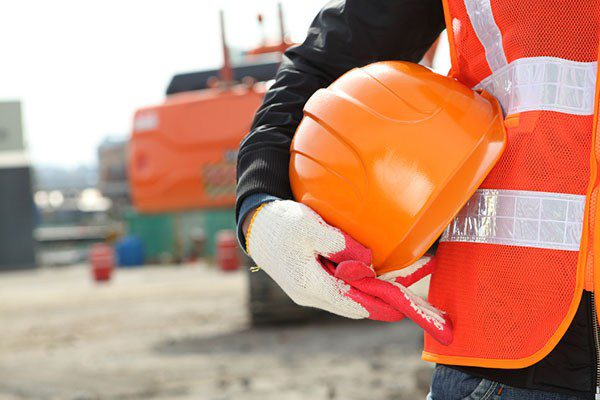The Role of AI in Enhancing Workplace Safety Compliance. Artificial Intelligence (AI) is revolutionizing various sectors, and workplace safety compliance is no exception. As companies strive to create safer work environments, AI provides innovative solutions that significantly enhance safety protocols and ensure compliance with regulations. Here, we explore the multifaceted role of AI in bolstering workplace safety.
Predictive Analytics for Risk Management
AI systems excel at analyzing vast amounts of data to identify patterns and predict potential hazards. By collecting data from various sources such as sensors, employee reports, and historical incident records, AI algorithms can forecast areas of risk before they manifest into real-world problems. For example, predictive analytics can identify machinery that is likely to fail or pinpoint unsafe practices that increase the likelihood of accidents. This proactive approach allows organizations to address issues before they escalate, thereby preventing incidents and ensuring a safer workplace.
Real-Time Monitoring and Alerts
AI-powered surveillance systems can monitor work environments in real time, detecting unsafe conditions and behaviors as they occur. Utilizing cameras and sensors, these systems can identify situations such as improper use of equipment, the presence of hazardous materials, or non-compliance with safety gear requirements. When a potential risk is detected, the AI system can immediately alert supervisors and employees, prompting swift action to rectify the issue. This real-time monitoring capability not only enhances immediate safety but also fosters a culture of continuous vigilance and responsiveness.
Enhancing Training Programs
AI-driven training programs can offer personalized and interactive learning experiences for employees. Traditional safety training often follows a one-size-fits-all approach, which may not address the specific needs of all workers. AI can analyze individual learning styles and knowledge gaps, tailoring training modules to each employee’s requirements. Virtual reality (VR) and augmented reality (AR) technologies powered by AI can simulate realistic work scenarios, allowing employees to practice their responses to various hazards in a controlled environment. This immersive training method enhances retention and application of safety protocols, leading to better preparedness and compliance.
Streamlining Compliance Reporting
Maintaining compliance with safety regulations often involves extensive documentation and reporting. AI can automate these administrative tasks, reducing the burden on human resources and ensuring accuracy. By continuously monitoring workplace activities and logging relevant data, AI systems can generate comprehensive compliance reports with minimal human intervention. This automation not only saves time but also ensures that all required information is meticulously recorded, facilitating easier audits and inspections.
Predictive Maintenance
AI also plays a crucial role in predictive maintenance, which is essential for ensuring the safety and reliability of equipment. By analyzing data from sensors embedded in machinery, AI can predict when maintenance is needed before a failure occurs. This foresight allows for timely interventions, preventing accidents caused by equipment malfunctions. Predictive maintenance not only enhances safety but also extends the lifespan of machinery, resulting in cost savings for organizations.
Improving Ergonomics
AI can help design safer workspaces by analyzing the ergonomics of various tasks. Through motion capture and analysis, AI can identify movements and postures that may lead to repetitive strain injuries or musculoskeletal disorders. Based on this analysis, AI can recommend adjustments to workstations, tools, and workflows to minimize ergonomic risks. This proactive approach to ergonomics contributes to a healthier workforce and reduces the incidence of work-related injuries.
Fostering a Safety Culture
AI can support the development of a robust safety culture by providing continuous feedback and fostering engagement. Gamification elements can be incorporated into safety programs, where AI tracks and rewards safe behaviors. This not only motivates employees to adhere to safety protocols but also encourages them to take ownership of their safety and that of their colleagues. A strong safety culture, supported by AI, leads to sustained compliance and continuous improvement in workplace safety.
Conclusion
The integration of AI into workplace safety compliance offers numerous benefits, from predictive analytics and real-time monitoring to enhanced training and streamlined reporting. By leveraging AI, organizations can proactively manage risks, ensure adherence to safety regulations, and cultivate a culture of safety. As AI technology continues to evolve, its role in enhancing workplace safety will undoubtedly expand, leading to safer, more efficient work environments across all industries. The Role of AI in Enhancing Workplace Safety Compliance. Artificial Intelligence (AI) is revolutionizing various sectors, and workplace safety compliance is no exception.



